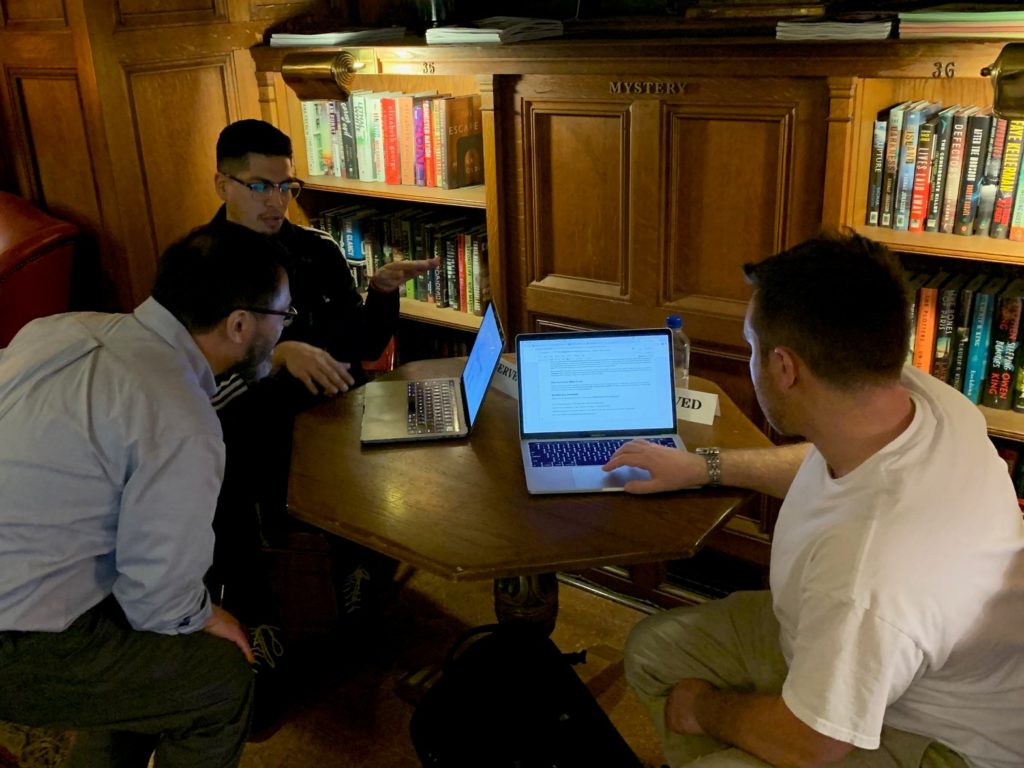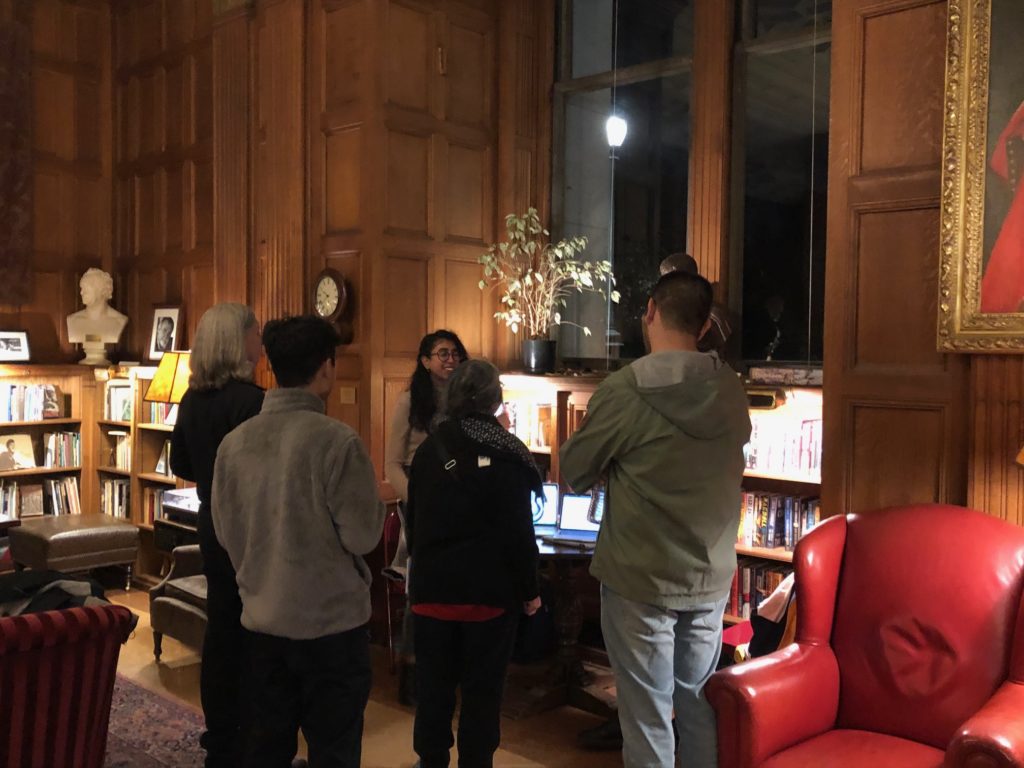Tag: American Cultures program
“Checking the Boxes” – A panel on race, ethnicity, and the Census
Although we don’t always think of it that way, one federal government program that affects each of us in the United State is the decennial census. And among the challenges of many kinds that a pandemic has brought us, its effects on gathering good quality census data is high on the list.
Earlier this year, the Library hosted a well-attended (physical) exhibit related to the census, Power and the People: The US Census and Who Counts (which can still be experienced online). Related to the exhibit, we were on board with our plan to host a panel of campus experts on the contested race and ethnicity questions in the census, and how they’ve shifted over time…. Until March 17, when the Bay Area went into a shelter-in-place order and the program had to be postponed. But last month, thanks to a persistent team, generous panelists, and the wonders of Zoom, we were thrilled to able to present the panel at last, online!
The program, titled Checking the Boxes: Race(ism), Latinx and the Census, featured three UC Berkeley experts on racial and ethnic categorizations in the census. Cristina Mora (Associate Professor of Sociology and Chicano/Latino studies), Tina Sacks (Assistant Professor, School of Social Welfare), and Victoria Robinson (Lecturer and American Cultures Program Director, Department of Ethnic Studies) were joined by our moderator, librarian Jesse Silva, for presentations and a lively Q&A.
Professor Mora started the program off with the information that “ethnic and race categories are political constructs… They are not set-in-stone scientific markers of identity or genetic composition.” She noted that since the census counts are directly related to funding, communities have a vested interest in getting accurate and complete counts, but this can be very difficult for groups and areas that are designated Hard to Count. Professor Sacks continued by emphasizing the ways in which census-driven funding allocations can affect people in poverty and those in social safety net programs. She also noted the intersections shown by census data between race and place, such as areas with a substantial number of incarcerated people. Finally Professor Robinson added background and context by discussing the site racebox.org, which shows the history of the race questions on the census from 1790 onwards, and which illuminates the changes in the cultural and social conceptions of what race is and how it can be measured.
The program concluded with an animated question and answer period, which included Professor Mora’s elaborating on the differences between racial and ethnic categories, Professor Sacks (who has actually been a census enumerator) discussing the challenges of counting the homeless population, and Professor Robinson revisiting the question of incarceration and the Attica problem: “[Incarcerated people’s] residence is considered to be a prison. That’s not their home, and the relationship then to the power…in the communities that they [aren’t from], that’s the Attica problem.”
Of course, this summary doesn’t do justice to the range and depth of the issues discussed. If you missed this program, or would like to see it again, check it out on the UC Berkeley Library’s YouTube channel!
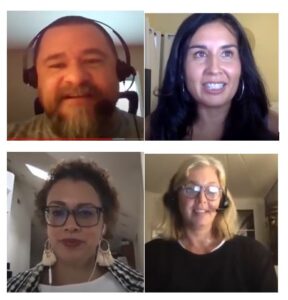
“Teaching, Learning and Creating Change with Data”–a Census-Focused Library and American Cultures Event
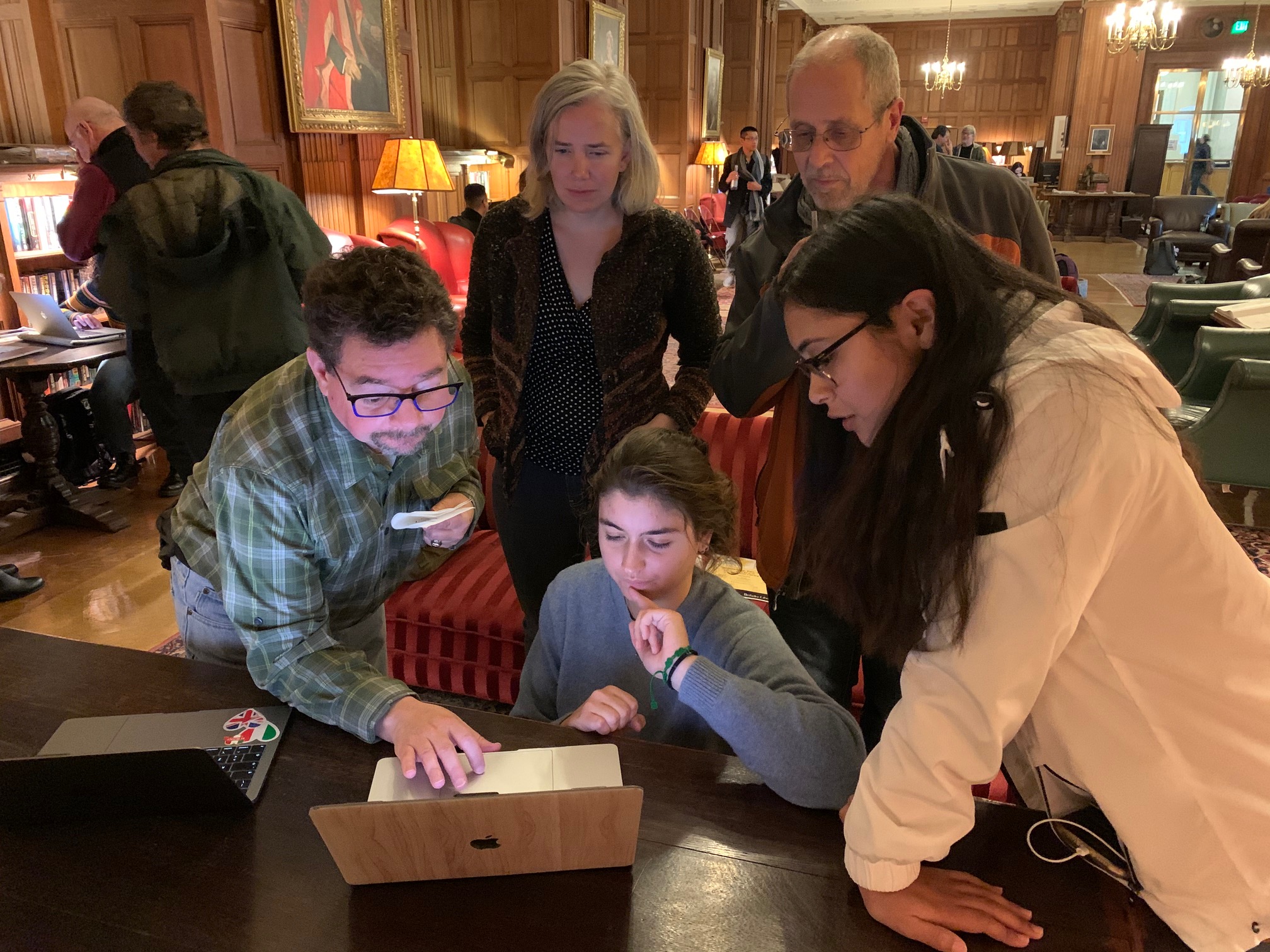
At Berkeley, every undergraduate student must satisfy an American Cultures (AC) requirement. From the American Cultures site: “American Cultures courses are uniquely designed to critically engage in important issues within the United States by helping students develop a deeper understanding of race, culture, and ethnicity in the context of American society.” This long-standing requirement has led to some amazing projects and also some really creative ways of engaging students. And, even if a class is sponsored by, say, the sociology department, the students may be from a wide range of disciplines.
Having just launched “Power and the People: The U.S. Census and Who Counts”, the library’s exhibit on the census (just in time for the 2020 count), its curators were looking for exciting ways to bring census data to life, as part of a kick-off event. We learned about how two American Cultures classes (Sociology 130AC, “Social Inequalities: American Cultures” and Sociology 146AC, “Contemporary Immigration in Global Perspective”) involve students with the census by incorporating census data into projects—and a program was born!
The program held earlier this week, called “Teaching, Learning and Creating Change with Data: The Census and American Cultures”, featured faculty and student presenters outlining and showing their work in the inviting space of the Morrison Library. After short talks by Victoria Robinson, American Cultures program director, Irene Bloemraad, Sociology department and director of the Berkeley Interdisciplinary Migration Initiative (BIMI), and Joanna Reed, Sociology department, students presented their work, the heart of the event. Six Sociology 130AC students showed, on laptops, how they used census data to complement their field work looking at neighborhood characteristics for assigned census tracts along the number 18 AC Transit bus route. Five Sociology 146AC students showed, on conference-type posters, how they used census data along with their investigations of immigrant services in two Bay Area cities (Richmond and Santa Rosa), to map availability of services in areas of greatest need and look for service gaps (in fact, some of this work contributed to a BIMI report). [post continues below photos]
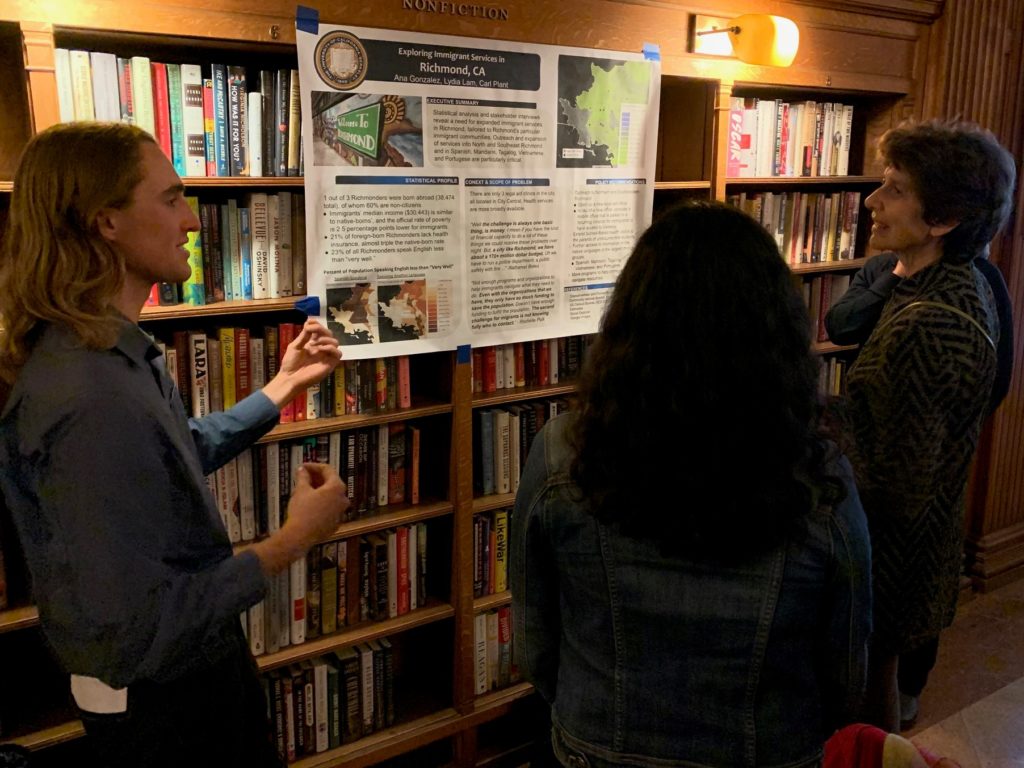

The hallmark of the event was the completely engaged atmosphere of conversation and ideas that resulted from the connections between the students and attendees, and between the broader context of how census data shapes and helps us understand the country we live in. This post is full of photos, because they are what really convey how exciting it was to see what the census can offer to our research and our lives, and to make the case of how important it is for each of us to be counted.
P.S. Don’t miss our second event, a panel featuring renowned experts on race/ethnicity and the census, Cristina Mora, Michael Omi, Taeku Lee, and Tina Sacks, on March 19, 2020, same time (5 pm), same place (the Morrison Library)
